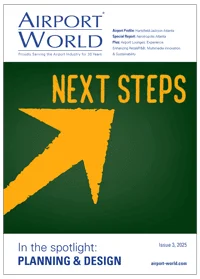Changing the menu
Share
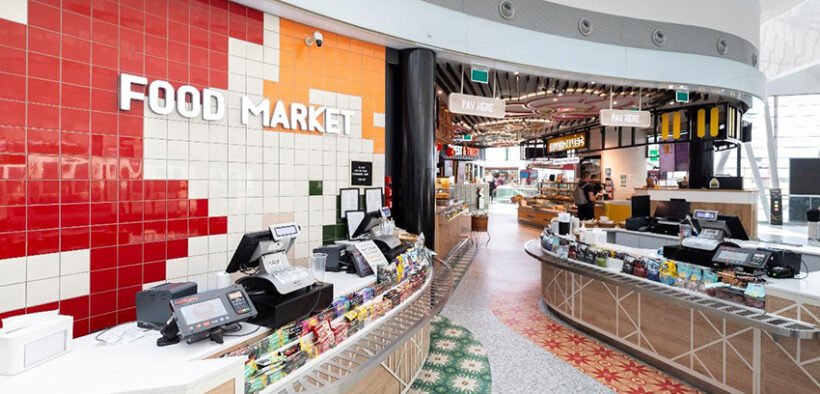
With global travel retail sales at airports yet to return to pre-pandemic levels, Kavanagh Communication’s John Matheson considers the potential economic and customer service benefits of F&B innovation.
Although global traffic continues to recover well beyond 2019 levels, the performance of the travel retail market has struggled to keep pace with traffic growth.
Last year saw passenger traffic volumes of 9.5 billion, but total retail sales of $74.1 billion lagged significantly at 13% below 2019 levels (Source: Kearney), and F&B has outperformed its retail neighbour.
Globally, the airport F&B market grew to $22.7 billion in 2024, with a projected CAGR of 7.1% (2025-2033), which will deliver a market of $42.3 billion by 2033 (Source: Data Intelo).
As travel retail faces a rising challenge to grow its conversion and average transaction value, the F&B offer is becoming an even more influential element in the passenger’s airport experience.
At almost all airports, the F&B offer achieves notably higher penetration rates than the retail offer, with around 60-80% of passengers making a purchase (Source: ACI).
Rising traffic and increased dwell times, alongside the often-limited appeal of the inflight F&B offer, are creating stronger revenue opportunities within the terminals.
The post-2019 period has obviously seen a significant shift in the pace of change in passenger demands from their airport experience in everything from security and health procedures to digitalisation and contactless services, and these behavioural adjustments have helped F&B to grow in importance versus the retail offer.
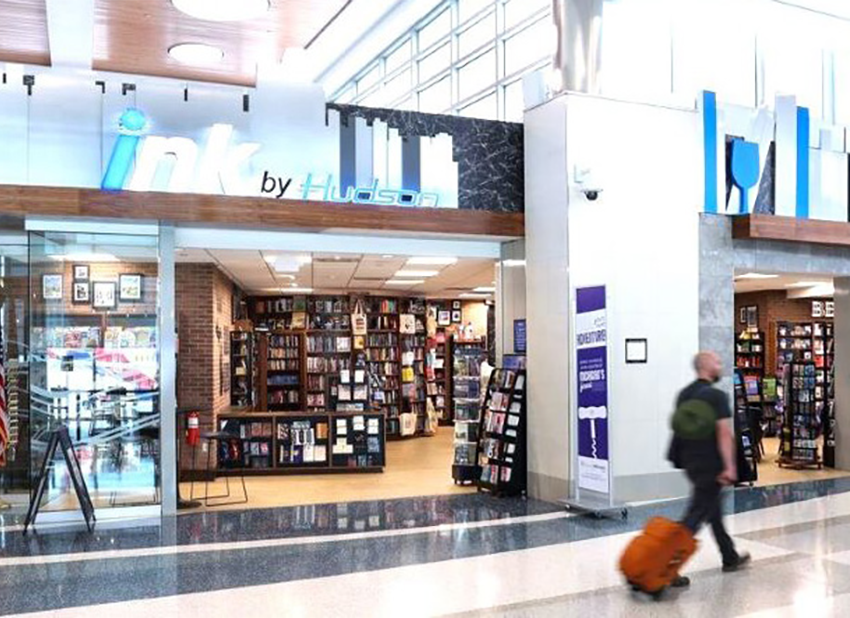
Passenger expectations of airport F&B have risen, and, while traditional fast food formats and food courts still dominate, these operations have had to raise their standards for customers demanding greater quality and choice and enhanced service across the whole F&B offer.
That offer also increasingly needs to reflect the airport’s location, incorporating local/regional menus, artisanal products and authentic local brands.
Particularly driven by the demands of Gen X and Millennials, and increasingly now by the rising influence of Gen Z, F&B operators have also had to respond to increased interest in health and wellness, including demand for plant-based menu options as well as a sharper focus on sustainability in both food products and packaging, especially in takeaway and ‘grab & go’ outlets.
As airports continue to develop a sense of place as a mark of differentiation of their location and customer experience, F&B has become an increasingly powerful contributor.
In response to this, the world’s biggest travel retail operator, Avolta, has developed an aggressive global growth strategy in F&B, built on the company’s formation from the 2023 amalgamation of retailer Dufry and Autogrill, the world’s leading provider of food and beverage services for travellers.
Avolta’s focus includes the development of a portfolio of core F&B concepts that can be adapted to locations worldwide, but it has also recognised the power of F&B to provide an engaging, authentic and commercially effective flavour for each unique airport location.
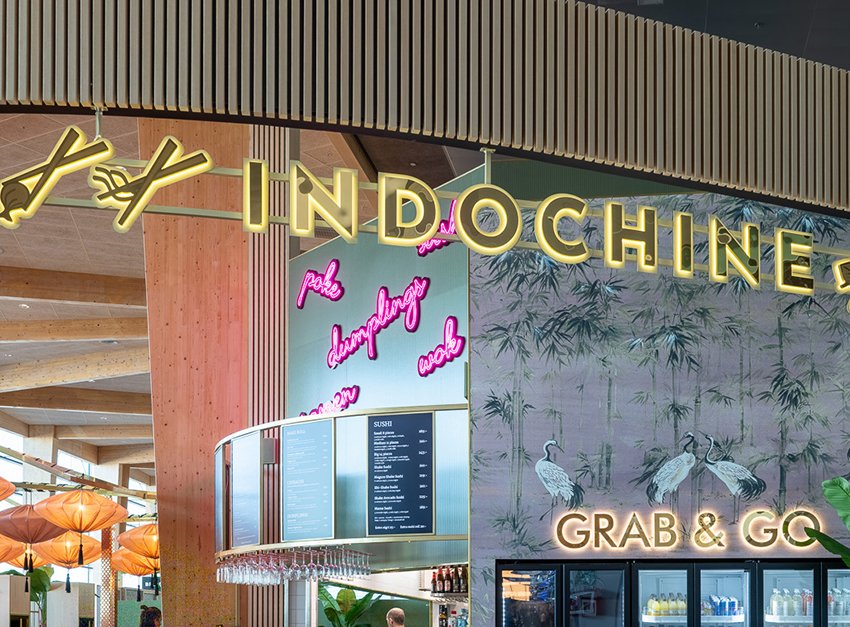
Among its newest specialist localised concepts, for example, is The Hungry Club, launched at Adolfo Suárez Madrid-Barajas Airport Terminal T4 Satellite last year and followed by further openings at five further Spanish airport locations, including Madrid Airport terminals 2 and 4, Josep Tarradellas Barcelona–El Prat Airport Terminal 1, and Málaga–Costa del Sol Airport Terminal 3, with more launches to follow.
The concept was created in partnership with one of the world’s leading chefs, Madrid-born Dabiz Muñoz.
Isabel Zarza, CEO Southern Europe Avolta, commented: “Combining innovative travel retail and F&B offers into new hybrid commercial concepts confirms Avolta’s ability to revolutionise the traveller’s experience through innovative, highly experiential shopping and dining locations, such as Hungry Club.
“The joint venture is part of our wider innovation and expansion path in Spain, introducing several new travel retail and F&B concepts across the airport channel.
“Leveraging on Aena’s partnership and other collaborations, we can focus on the uniqueness and excellence of each territory, supporting local businesses and enhancing the airport’s sense of place.”
Avolta also partnered with Spanish football club Real Madrid to launch The Corner by Real Madrid, a premium food and retail hybrid concept operating in two terminals at Adolfo Suárez Madrid-Barajas Airport, offering a traditional Spanish F&B menu alongside official Real Madrid merchandise.
The concept is obviously most relevant and effective at Real Madrid’s ‘home’ gateway but is planned for a further 11 Spanish airport locations and will expand to locations outside Spain.
And Real Madrid’s global appeal – the club has around 400 million social media followers – makes this F&B concept viable at airports across the globe.
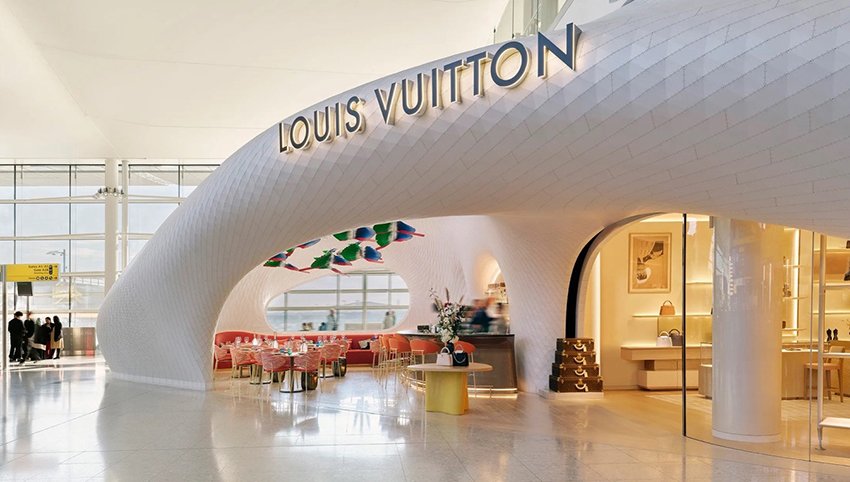
F&B is almost invariably more effective than retail in expressing the airport’s sense of place, particularly when driven by the presence of local brands, and many airports are seeing a shift away from generic chains to region-specific eateries that deliver a sense of the location and the cultural identity of the region.
Copenhagen Airport, for example, was a pioneer in adopting what it called ‘local hero’ brands, especially in attracting popular F&B brands from downtown Copenhagen, thereby strengthening the local flavour, creating a unique F&B profile for the airport and deepening its links
to the city.
From premium restaurants to burger bars, from cocktail lounges to microbreweries, this integration of authentic local flavours has become one of the strongest drivers of differentiation of the airport F&B offer, while simultaneously supporting each airport’s individual sense of place.
With the stronger growth seen in F&B over retail performance since 2019 – and that gap is forecast to widen further – operators are exploiting the synergy of blended F&B/retail spaces as probably the single most important tactic to prop up long-term commercial performance.
This hybrid approach includes innovative concepts that blend retail and F&B within a single commercial unit, but the broader strategy is to create a blend of the two experiences that inspires performance synergies.
Although the strategy is developing globally, European operators have been most pressured to respond to try to arrest the region’s relatively stronger weakening of retail performance since 2019.
Stockholm’s Arlanda Airport, for example, recently completed a five-year project, the largest investment in its history, blending retail and F&B across 11,000sqm and incorporating a strong focus on local brands to drive authenticity and appeal in the offer and local design to drive a unique sense of place for the airport.
Swedavia’s director of marketing and commercial business development, Charlotte Ljunggren, said: “Our vision for The Marketplace has been to provide a shopping, food and drink experience with an element of the unexpected that will leave an impression on passengers.
“The investment builds on Swedavia’s long-term commercial strategy, with its focus on variety, renewal and value for money. We want a wide variety of restaurants serving food from all over the world, and shops with a price range to suit all pockets. The Marketplace will offer something for all tastes and all budgets.”
Similarly, at Rome Fiumicino Airport, ADR’s latest major investment programme plans to enhance the non-Schengen F&B areas to increase the visual connection between the two commercial floor levels and create an enhanced, immersive F&B experience.
Across Europe, dozens of airport development programmes – including Frankfurt, Manchester, Sofia, Helsinki, Southampton, Belfast, Leeds – are seeking to drive future performance by incorporating a closer connection between the retail and F&B experiences in their newly developed spaces.
By innovating new concepts that aim to boost both retail and F&B performance, new F&B experiences also provide a vital element of novelty and surprise for the customer, which is especially crucial in attracting younger consumers, while also supporting the differentiation of the airport offer.
In the US, at Gerald R Ford International Airport, Avolta’s Ink By Hudson concept blends a bookstore with a wine bar featuring local Michigan wines.
“[The concept] celebrates the state’s rich cultural heritage and local flavours, narrating a compelling story and cultivating a Sense of Place,” noted Avolta’s chief operating officer for retail in North America, Brian Quinn.
“Hudson is excited about this distinctive addition to the Ink brand, and for the continued opportunity we see to make the journey as exciting as the destination for travellers by creating unique, hybrid retail and food and beverage experiences.”
New formats are also being developed to enable small and medium-sized airports to adopt a hybridisation of retail and F&B, such as the ‘Little’ concept by Smartseller, a joint venture between major retailer Gebr. Heinemann and F&B specialist Casualfood.

